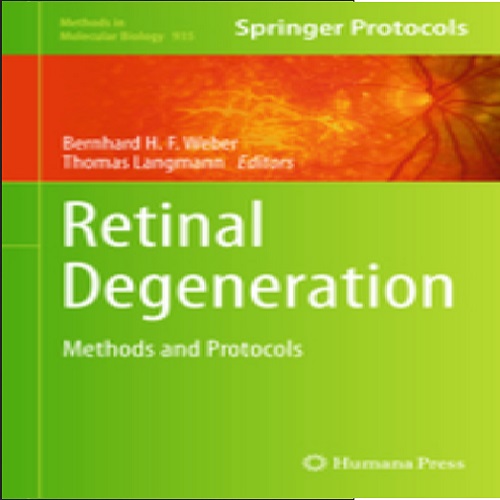Analysis of the Drosophila compound eye with light and electron microscopy.
The Drosophila compound eye is a regular structure, in which about 750 units, called ommatidia, are arranged in a highly regular pattern. Eye development proceeds in a stereotypical fashion, where epithelial cells of the eye imaginal discs are specified, recruited, and differentiated in a sequential order that leads to the highly precise structure of an adult eye. Even small perturbations, for example in signaling pathways that control proliferation, cell death, or differentiation, can impair the regular structure of the eye, which can be easily detected and analyzed. In addition, the Drosophila eye has proven to be an ideal model for studying the genetic control of neurodegeneration, since the eye is not essential for viability. Several human neurodegeneration diseases have been modeled in the fly, leading to a better understanding of the function/misfunction of the respective gene. In many cases, the genes involved and their function are conserved between flies and human. More strikingly, when ectopically expressed in the fly eye some human genes without a Drosophila counterpart can induce neurodegeneration, detectable by aberrant phototaxis, impaired electrophysiology, or defects in eye morphology. These defects are often rather subtle alteration in shape, size, or arrangement of the cells, and can be easily scored at the ultrastructural level. This chapter aims to provide an overview regarding the analysis of the retina by various means.

- Methods Mol. Biol. 2013;935:161-82
- 2013
- Developmental Biology
- 23150367
- PubMed
Enabled by:
